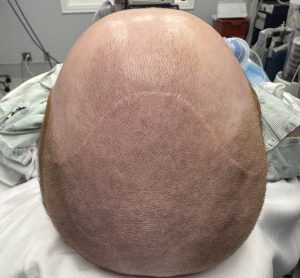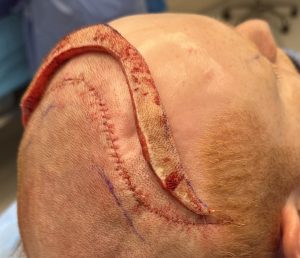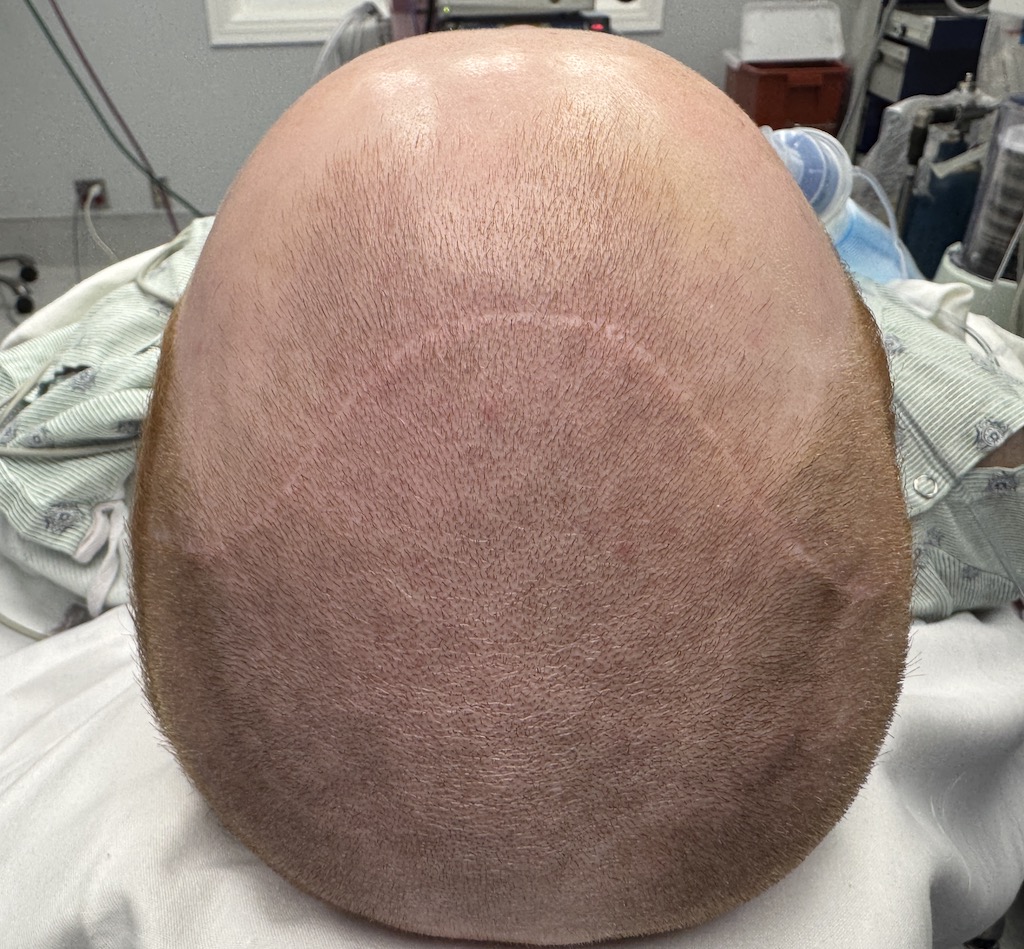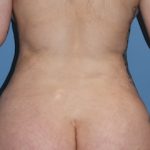Browlifting today is most often done through a limited incision approach albeit endoscopic, hairline or even through the upper eyelid. Historically the browlift was done through a coronal scalp incision, an approach which creates its lifting effect by removing a strip of hair bearing scalp. When the soft tissues are lifted off of the forehead and brow bones, pulled back and the excessive tissue removed the brows are lifted by the distant tissue pull. But because of the resultant long scar and the posterior movement of the frontal hairline, even when it was a more common facial rejuvenation procedure, the coronal browlift was limited to females.


The second coronal scalp scar is probably unlikely to turn out as good as the first one due to different purposes of why it was created. The initial scalp scar was done for skull reduction which means it was used for access and its closure was under no tension due to less bone. Conversely in a secondary browlift this will be different as the incisional closure will be under tension due to tissue removal and the lift.
Now the unspoken as of yet advantage this patient had is that he wears a hair piece… so the scar was not a major issue and the surgery aesthetically less risky.
Dr. Barry Eppley
World-Renowned Plastic Surgeon




